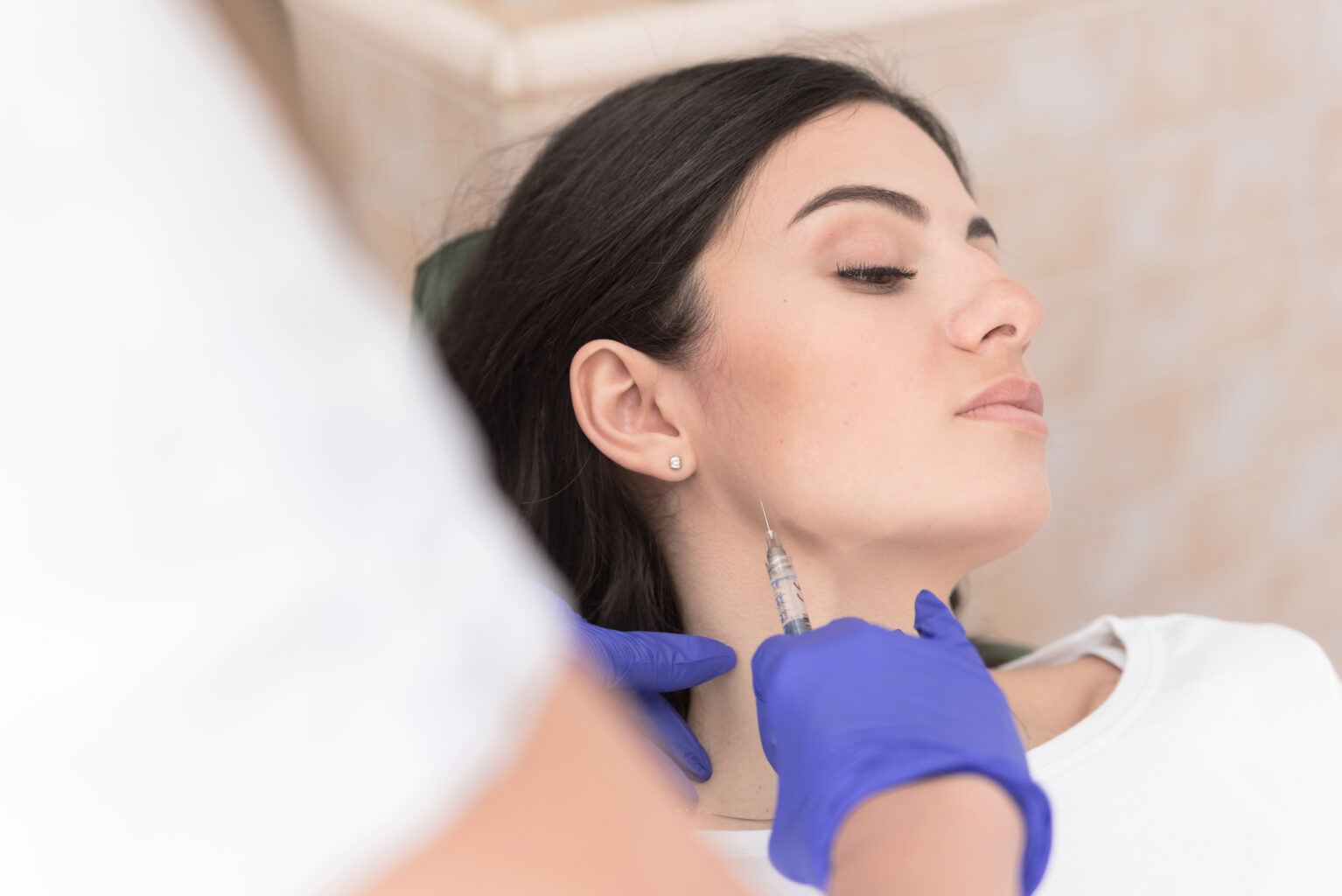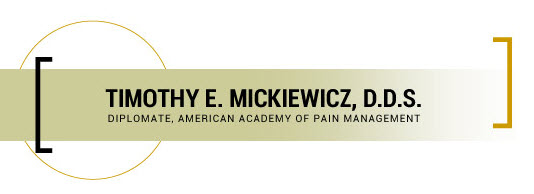
People with TMJ disorder (TMD) often suffer from mild to severe jaw pain because of improper function of their temporomandibular joints. The TMJ connects the jawbone to the skull and functions like a sliding hinge. An exact cause of TMJ disorder is difficult to determine and can be a result of several factors, like arthritis, injury, stress, and genetics.
You may have TMD if you experience any of the following symptoms:
- Facial pain
- Sensitive teeth
- Pain or tenderness in the jaw
- Pain around or in the ear
- Chronic headaches
- Difficulty chewing
- Locking of the jaw joint
- Clicking sound while talking or chewing
- Limited jaw movement
These are all signs that a trip to the dentist is in order. Be sure to choose a dentist who specializes in treating jaw disorders and offers several treatment options to relieve pain and get to the root of the issue.
Treatment for TMJ Disorder
Dentists who treat TMD offer several treatment options, including custom mouthguards, physical therapy, and BOTOX®.
Yes, you read that right. BOTOX isn’t just for reducing fine lines and wrinkles, it can help relieve symptoms of TMJ disorder as well.
BOTOX is typically used alongside other treatment methods to find a formula that works.
Continue reading to learn how BOTOX helps patients with TMJ disorder find relief.
How Botox Works
BOTOX is derived from a neurotoxic protein called botulinum toxin. Too much botulinum toxin can be dangerous, but the right amount can be extremely beneficial for muscular disorders.
BOTOX targets the nervous system, disrupting muscle contraction and causing temporary muscle paralysis. This is commonly used to treat TMJ disorder, neck spasms, and eye spasms. The BOTOX injection relaxes the muscles by preventing the release of acetylcholine, a naturally occurring chemical in the body that largely contributes to muscle contraction.
Medical professionals also use BOTOX to treat upper limb spasticity, crossed eyes, hyperhidrosis, migraines, and an overactive bladder.
For TMJ disorder, BOTOX relieves chronic headaches, severe jaw pain, facial pain, and earaches.
The Procedure
BOTOX is a simple, non-surgical, outpatient procedure that can be completed in less than thirty minutes. The dentist carefully administers the injections into the temporalis, frontalis, or masseter. Patients can leave the office and resume normal activities following treatment.
To experience the best results, patients may require repeat treatments. Each session should provide relief for up to four months.
Other Alternative Treatments for TMD
An experienced TMJ Therapy dentist will create a treatment plan based on each patient’s specific needs. This plan could include one or more of the following treatments:
- Oral appliance: a custom-fitted device made from medical silicone that supports the proper alignment of the jaw joints, eliminates teeth grinding, and decreases pain
- Physical therapy: special movements of the muscles and joints that target the soft tissues, the upper cervical spine, posture, and the centric relation
- Medication: muscle relaxants or antidepressants that relieve symptoms and treat underlying causes
Patients with severe TMD may require surgery.
BOTOX for TMJ Disorder in Sacramento
Patient education and empowerment are Dr. Timothy Mickiewicz’s top priority when it comes to diagnosing and treating TMJ disorder. Known as “The Face of TMJ Therapy,” Dr. Mick offers several treatment methods, including BOTOX, that relieve the symptoms of TMD and allow patients to get back to living their lives to the fullest.
To discover the best treatment for your TMD, contact our office today at (916) 469-9178.


